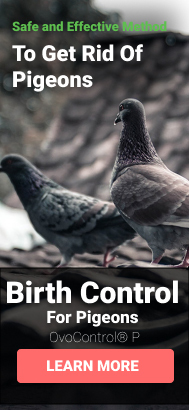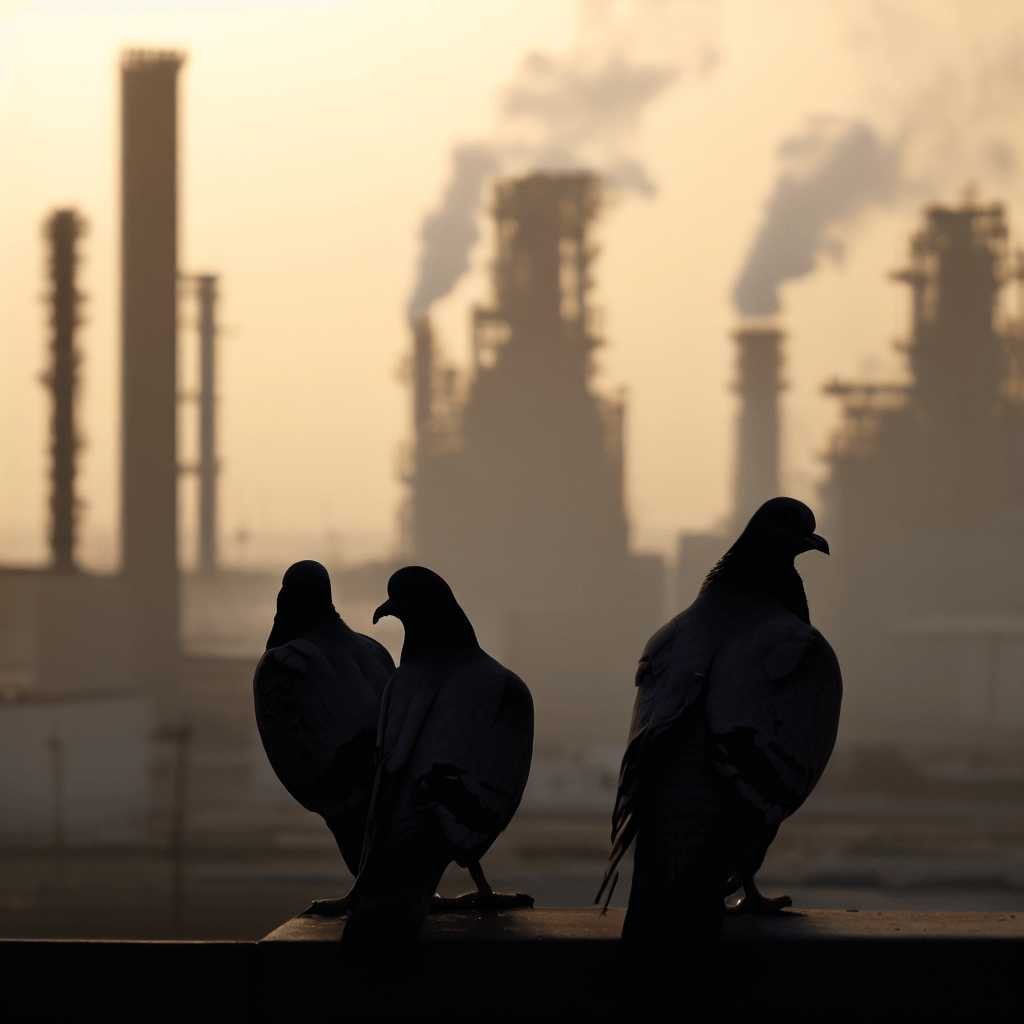Gas/Oil Plants and Refineries: Proven Methods
Written by Erick Wolf
Gas plant bird control is a critical aspect of business that is often overlooked. Unfortunately, oil and gas plants and refineries see hundreds of thousands of dollars of damage annually due to birds.
It shouldn’t come as a shock, considering there is a nearly unlimited supply of nesting, roosting, and perching areas amongst the towers, catwalks, pipes, beams, and open structures found in and around these plants.
In this article, we’ll take an in-depth look at bird control for refineries, including discussing why it’s essential and identifying some of the most popular gas plant bird control methods today.
Why Use Bird Control in Gas/Oil Plants and Refineries?
Birds have plagued the industry since the beginning of time, so gas plant bird control is crucial to refineries.
Reduce the Risk of Damage
Birds are notorious for damaging structures and equipment found in plants and refineries. Considerable damage can be done to a plant’s electrical and mechanical components from bird debris, droppings, and nests.
Here are a few of the damages that birds can cause in these environments:
Corroded gauges
Jammed valves
Corroded switches
Minimize Associated Costs
Not surprisingly, the damages caused by birds cost a significant amount to repair. In addition to the costs associated with replacing mechanical and electrical components, hefty fines come along with birds being injured in industrial ponds. Depending on the liquids found within the ponds, birds can be injured or die, resulting in fines and shutdowns.
Avoid Health Hazards
Promoting health and safety is a primary concern amongst all gas and oil plants and refineries. That’s why gas plant bird control is a pivotal element in increasing safety amongst:
Slip and fall hazards
Disease spread
Spore inhalation
Oil Fields & Refineries Bird Control Strategies
Here are the most popular options for bird control for refineries available today.
Birth Control
Bird birth control is the most humane option for gas plants and oil refineries. Rather than attacking the live population, birth control limits the flocks' capability to multiply at rapid, uncontrollable rates.
Bird Netting
One of the oldest forms of gas plant bird control comes in the form of mesh bird netting. This bird netting creates a physical barrier to prevent birds from landing or nesting in otherwise desirable areas.
Bird netting is effective at keeping birds away from specific areas of gas and oil plants and refineries, but it is not always a feasible solution for large equipment that needs to remain mobile while in use.
Bird Deterrents
Visual bird deterrents are another option for bird control for refineries that work by scaring birds away. These deterrents fail without working alongside another solution, although they can sometimes be effective.
A few examples of visual deterrents for gas plant bird control include:
Effigies
Trained raptors
Reflected light sources
Propane cannons
Sonic and ultrasonic emitters
Bird Spikes
Bird spikes come in various splay widths, ranging from one to ten inches. These spikes act as a physical deterrent to help keep birds away from specific raised areas throughout gas and oil plants.
Unfortunately, birds will undoubtedly find a way to rest in other locations not covered in spikes whenever possible.
Bird Hazer
Bird hazers are a more practical option for protecting large open areas in gas and oil plants and refineries. Hazers work by emitting a light haze and scent irritating to birds. This is a more environmentally friendly alternative, which often comes with solar-powered generator options.
While bird hazers work as a better alternative for large-scale gas plant bird control methods, they can be limited during inclement weather conditions.
Bird Lasers
Using a strong contrast between the laser beam and the ambient light, avian dispersal lasers can startle birds. While lasers work as a safer alternative to gas plant bird control methods, they are limited during conditions with lighter ambient lighting. Additionally, avian dispersal lasers tend to be highly species-specific.
Why Use OvoControl in Gas/Oil Plants and Refineries Bird Control?
You’ll often find that it requires the use of multiple options to get the job done when it comes to finding effective bird control for refineries. You might have to get creative, especially in larger, more extensive plants. Thankfully, OvoControl is the new solution to bird control for gas plants and oil refineries.
How OvoControl Works
Thinking it is food, birds consume OvoControl, which is an edible, kibble-type bird birth control. The formula strictly limits the ability of a pigeon’s egg to develop fully as the birds feed on OvoControl.
Discovered as birth control by accident, the active ingredient nicarbazin has been used in chickens for enteric diseases for over 65 years. Researchers quickly found nicarbazin interfered with the egg’s vitelline layer, the membrane needed in an egg’s development. As a result, OvoControl integrated nicarbazin to serve as a sterilizer for birds.
Final Thoughts
While there are a few different gas plant bird control options, they often require multiple solutions and can still not be effective at minimizing damages and costs. OvoControl remains one of the most humane and practical solutions to bird control for gas plants and oil refineries today. Its multiple delivery options make it customizable to any bird population size, while its non-toxic active ingredient ensures humane treatment of the birds.





